So far in my look at various pulp-related publishers, I have focused on those still in operation. Now I’ll take a look at a former publisher: Odyssey Publications.
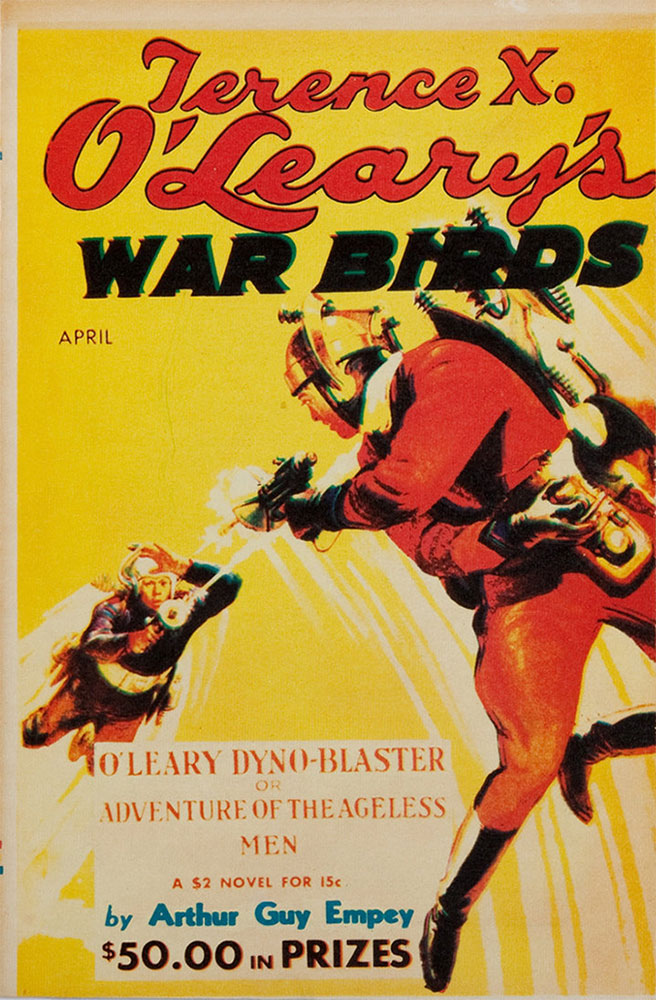 Odyssey existed in the mid-1970s to mid-’80s, putting out a few but excellent publications. I have mentioned several in past postings.
Odyssey existed in the mid-1970s to mid-’80s, putting out a few but excellent publications. I have mentioned several in past postings.
They put out the short-lived Duende fanzine (two issues, in 1975 and ’76), the excellent Duende History of the Shadow Magazine (1980), the first of a planned two-volume reprint of the first Doc Savage radio show (1982), the annual collections of Doc Savage materials (1978-84) from Will Murray, and 11 pulp fascimale reprints at a time when few were doing pulp reprints other than Robert Weinberg, and the quality of them were excellent.
As I’ve mentioned their other works elsewhere, I’ll be focusing on their pulp reprint series, which consists of:
- Spicy Adventure Stories, February 1941 (1974)
- Terence X O’Leary’s War Birds, April 1935
- Oriental Stories (1975; multiple works)
- Golden Fleece (multiple works)
- Ka-Zar: King of Fang and Claw, October 1936 (1976)
- Strange Tales (multiple works)
- Spicy Mystery Stories, July 1936
- Mystery Adventure Magazine, October 1936
- Magic Carpet Magazine (1977; multiple works)
- Secret Agent X: Octopus of Crime, September 1934
- Action Stories (1981; multiple works)
So how do they stack up? These are certainy not like the more recent pulp facsimiles we have seen from publishers like Girasol or Adventure House. All are square bound, 5.5×8 in size, about 120 pages, with color covers and excellent presentation.
Volumes were either collections or “full count” reprints. Collections were to be selections of the best stories, and “full count” was all the stories from a particular issue, sans ads. They spoke of these volumes in “series,” with the first four being the first series, with two collections and two full-count reprints. The next six comprised the second series, with three collections and three full counts. No. 11 was supposed to start the next series, but I have no idea what was planned beyond that.
At the time, other pulp reprint works were often just a step above photocopies. In one volume, Odyssey Publications stated they took their inspiration from Dover Publications, which put out high quality but inexpensive paperback books, many reprints. While Dover is still around, their books, while still good, are not of the quality they used to be. But I always treasure those earlier Dover books I have.
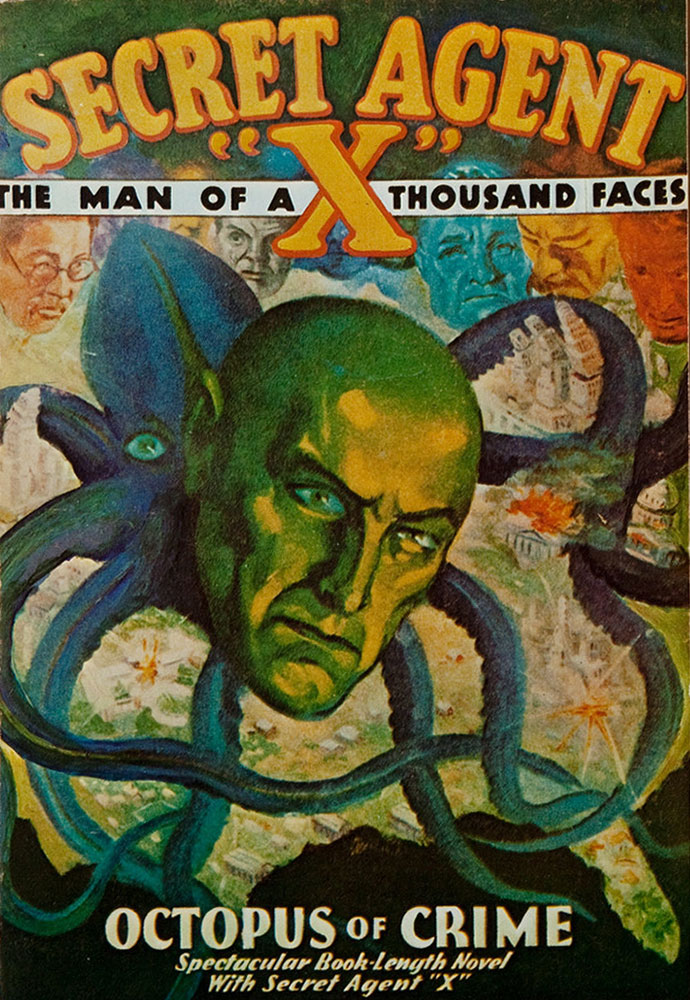 Spicy Adventure Stories was one of the “spicy” pulps put out by Culture Publications, which was owned by Harry Donenfeld, who owned DC Comics. This group of pulps both launched and named this line of soft porn stories with a streak of sadism that soon other pulps, like Pep and Snappy, were imitating, at least the soft porn element. Surprisingly, many “name” pulp authors actually wrote for the spicys, often under pseudonyms. This one reprints the February 1941 issue, which means in addition to various stories, we also get an episode of the Diana Daw science-fiction comic strip that ran in Spicy Adventure Stories. All the spicy pulps actually ran short black-and-white comic strip serials, the best-knowm being Sally the Sleuth.
Spicy Adventure Stories was one of the “spicy” pulps put out by Culture Publications, which was owned by Harry Donenfeld, who owned DC Comics. This group of pulps both launched and named this line of soft porn stories with a streak of sadism that soon other pulps, like Pep and Snappy, were imitating, at least the soft porn element. Surprisingly, many “name” pulp authors actually wrote for the spicys, often under pseudonyms. This one reprints the February 1941 issue, which means in addition to various stories, we also get an episode of the Diana Daw science-fiction comic strip that ran in Spicy Adventure Stories. All the spicy pulps actually ran short black-and-white comic strip serials, the best-knowm being Sally the Sleuth.
Terence X. O’Leary’s War Birds was a re-title of Dell’s War Birds pulp. It starred Arthur Guy Empey‘s Terence X. O’Leary, who was a long-running character in a series of air & war pulps. In this short-lived title, only three issues, it was turned into a bizarre science-fiction future air-war series, with O’Leary going up against several weird sf menaces. This one reprints the second issue, and in addition to the main story, we get the various other columns and materials from the pulp. I wish someone would reprint the entire series, as bizarre as it is I would like to read them. The extra material outlining their reader’s club and such is also an interesting look into the then world of pulp readers.
Oriental Stories was a companion title to Weird Tales, and focused on adventure stories set in the Far and Middle East, It lasted nine issues in the early ’30s, before being renamed Magic Carpet. See below on that. This volume, using a Margaret Brundage cover (her first) from the spring 1932 issue in reprinted we get a collection of stories from several issues. We get stories from Robert E. Howard, G.G. Pendarves, Otis Adelbert Kline, E. Hoffmann Price, and others.
Golden Fleece was a short-lived pulp devoted to historial fiction stories, though there were a few fantasy works. It lasted but nine issues in the late 1930s, and had several well-known authors contributing. This one has a good selection of tales. Interesting, in the editorial for Magic Carpet, it is proposed that Golden Fleece was a kind of “sequel” to Magic Carpet, as it contained stories that may have been obtained for Magic Carpet. Tho published by a different publisher, both were located in Chicago, unlike most who were in New York. This one gives us stories from H. Bedford-Jones, Seabury Quinn, Robert E. Howard and others.
Ka-Zar was one of several Tarzan rip-offs, this one from Martin Goodman‘s Manvis pulp line. The character lasted three issues of his own magazine in 1936 and ’37, with the character appearing in his Timely Comics line. A new Ka-Zar was later created for Marvel Comics in the 1960s. This volume reprints the first Ka-Zar issue, and there were plans to reprint the other two, but it never happened. However, Steeger Books has reprinted all three in one volume.
Strange Tales was one of a handful of pulps that tried to compete with Weird Tales. While Strange Tales attracted top talent, it lasted but seven issues in the early 1930s. It was published by Clayton, who also published Astounding Tales, so many of the same authors wrote for this one. Here we get a collection of seven tales that include the cover story of “Wolves of Darkness” by Jack Williamson, but also works by Hugh B. Cave, Clark Ashton Smith, Paul Ernst, Edmond Hamilton, and more.
Spicy Mystery Stories is another spicy pulp, but more of fantasy stories. This one reprints the July 1936 issue. A couple of comments on the editorial here. It’s claimed that Culture and Trojan were sister companies of Frank Armer. But as far as I know, they didn’t exist at the same time. Culture existed until 1942 when it was replaced by Trojan when the spicy pulps were all renamed “Speed.” Two pseudonyms used in the spicys are mentioned, Morgan Lafay and Justin Case, but these are not “house names.” They each were used by specific individuals. Morgan Lafay was really Arthur Leo Zagat, and Justin Case was Hugh B. Cave. Cave even came up with the Justin Case name.
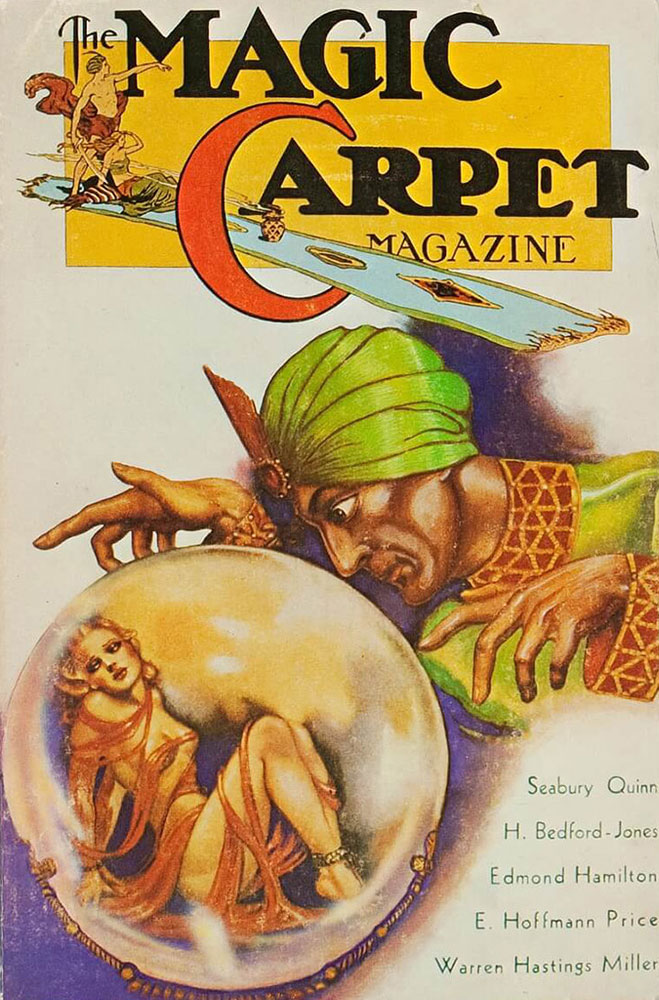 Mystery Adventure Magazine was an unusual but short-lived pulp from Harold Hersey‘s Fiction Magazines that existed in the mid-1930s. While it gives an air of being a “spicy,” it really wasn’t, and had an eclectic range of story types. That might have hurt it, as most pulps by this time specialized by genre. Here we get the October 1936 issue with the third and final Zenith Rand story. The next issue actually ran the final Domino Lady story. If you want to read the entire Zenith Rand series, Black Dog Books has reprinted it. Other stories include works by Wayne Rogers, Steve Fisher, L. Ron Hubbard, and William Bogart.
Mystery Adventure Magazine was an unusual but short-lived pulp from Harold Hersey‘s Fiction Magazines that existed in the mid-1930s. While it gives an air of being a “spicy,” it really wasn’t, and had an eclectic range of story types. That might have hurt it, as most pulps by this time specialized by genre. Here we get the October 1936 issue with the third and final Zenith Rand story. The next issue actually ran the final Domino Lady story. If you want to read the entire Zenith Rand series, Black Dog Books has reprinted it. Other stories include works by Wayne Rogers, Steve Fisher, L. Ron Hubbard, and William Bogart.
Magic Carpet, the retitled of Oriental Stories, lasted just five issues in the mid-’30s. It was hoped that this would provide a broader scope over Oriental Stories. We get another Margaret Brundage cover with works by E. Hoffmann Price, Seabury Quinn, H. Bedford-Jones, Clark Ashton Smith, and more.
Secret Agent X was Ace Magazine’s longest-running hero pulp, an attempt to blend several elements that was somewhat successful. We never learn who Secret Agent X is, as he is always in some disguise in his underground war on crime, backed by a mysterious group. This time we get a full reprint of the September 1934 issue. Here we are introduced to both Jim Hobart (Secret Agent X’s most active agent) and his two special planes. We also get the three other short stories from this issue and an article by Will Murray on the unknown “Brant House,” which was the house name that hide the real authors of Secret Agent X. You can read the full series in nine volumes from Steeger Books.
Action Stories was an adventure pulp, but ran more westerns and later real-world adventures. It was published by Fiction House from 1921 to 1950 as a competitor to Argosy, but did not run serials. This is a best-of collection. It’s headlined with “Exiles of the Dawn” by Nelson Bond, with stories by Lester Dent, Theodore Tinsley (illustrated by his brother), Frederick Nebel, and others. Both Black Dog Books and Steeger Books have reprinted Nebel.
It was surprising that #11 came out several years after being announced in #10. And there is no announcement of what the next collection would be. Strangely, this issue was in a different size from the rest and the spine design is different.
Overall, it’s a nice, if short-lived, reprint series. Why did it come to an end? What was planned for future issues? I know a collection of works from The Thrill Book, including items that never saw print was being planned in the 80s, but never saw print anywhere. No idea why. But if you look around, you can find these issues, which I did over a short period, for a reasonable amount.
Post #700

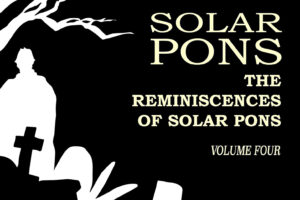
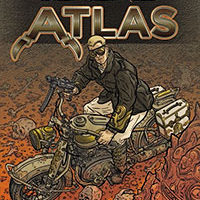
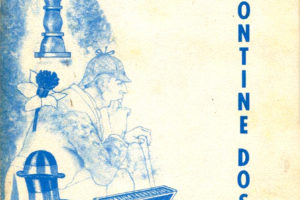
I can answer some of those questions. Our next release was going to be a Weird Tales collection. We actually printed the cover. That would be followed by The Thrill Book and The Whisperer, containing unpublished manuscripts. Covers were painted for those two original collections.
Wonder what happened to the new artwork??
Sad the Thrill Book collection never happened, as the reprint of the whole magazine never happened beyond the first volume.